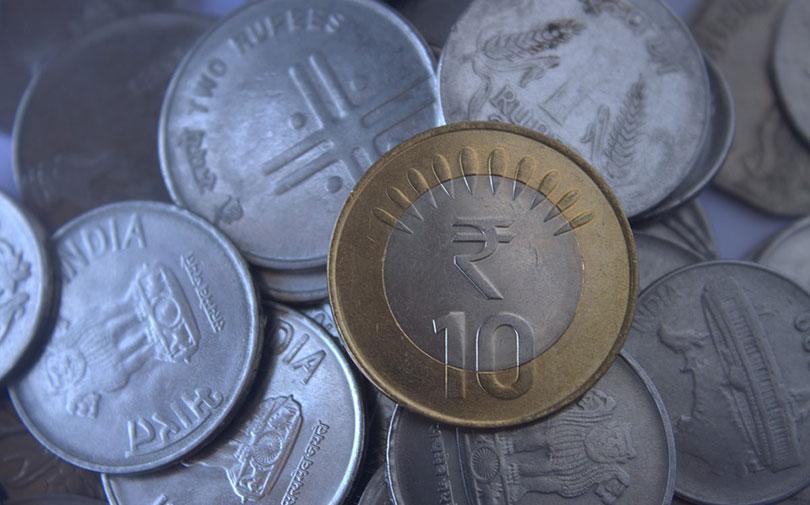On Thursday, the Indian rupee breached the psychologically significant mark of 69 to a US dollar for the first time in its history. Although the rupee pulled back a tad a little later, the drop to a record low does not portend well for the currency in particular and the Indian economy in general.
The rupee has already fallen more than 7% this year, making it the worst performing Asian currency, followed by the Indonesian rupiah and the Philippine peso. In comparison, the tightly controlled Chinese yuan has slipped 1.6%.
A falling rupee makes exports more competitive in the short run, thereby helping export-dependent sectors such as software services. However, on an overall basis, it does not augur well for the economy’s health. Here’s how a falling rupee is bad for India.
Costlier oil imports: India imports as much as 80% of its energy needs from West Asia and other oil producing regions of the world. A falling rupee would make these imports costlier.
This, even as the global crude price has been inching up steadily in the past few months and is back above the $70/barrel mark for the first time in over a month.
Oil prices have spiked since the Trump administration asked countries like India, which import Iranian crude, to halt imports from the Persian country by 4 November or face the prospects of US sanctions. In fact, oil marketing companies may have to take a hit on inventory losses.
Wider current account deficit: Oil is not the only imported commodity that will be impacted by a weakening rupee. Imports of other commodities, too, will become costlier because Indian importers will have to shell out more.
This would mean a hit on the country’s current account deficit. This time the problem is exacerbated by the fact that foreign institutional investors have been pulling out of the Indian capital markets.
Higher inflation and interest rates: If the cost of crude and non-crude imports goes up, so does inflation.
In its latest bi-monthly monetary review, the Reserve Bank of India raised the repo rate by 25 basis points, citing inflation as one of the key drivers behind its decision, even as it maintained a neutral stance.
A further spike in inflation could force the central bank’s hand and it may again raise interest rates when it meets in August for its next review. In fact, many analysts believe that another 25 basis-point hike in interest rates may be in the offing. If this happens, the cost of borrowing would go up, forcing companies to cut back on capital expenditure.
Hit on corporate earnings: If input costs and borrowing costs rise, corporate margins could take a hit.
This will force companies to keep overhead expenditure in check. This could mean that corporations may be forced to cut back on hiring costs and prune non-essential staff, thereby impacting employment.
PE and FII exits to suffer: Private equity players and foreign equity investors looking to score handsome exits could feel the heat as the effective dollar-denominated returns on their investments may go down with the rupee’s depreciation. While the rupee’s fall will not impact offshore deals like the multi-billion dollar takeover of e-commerce giant Flipkart by US retailer Walmart, inbound and domestic deals could be adversely impacted.






